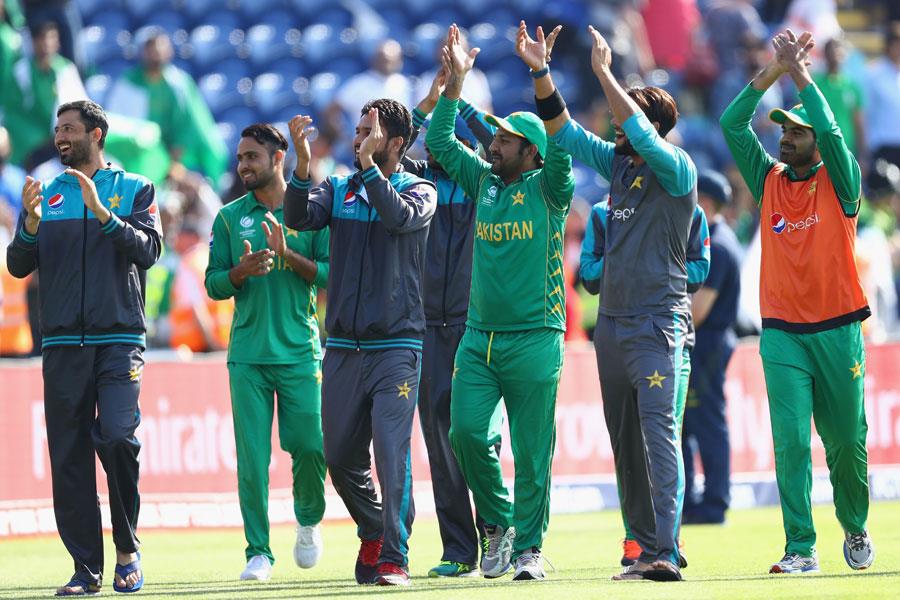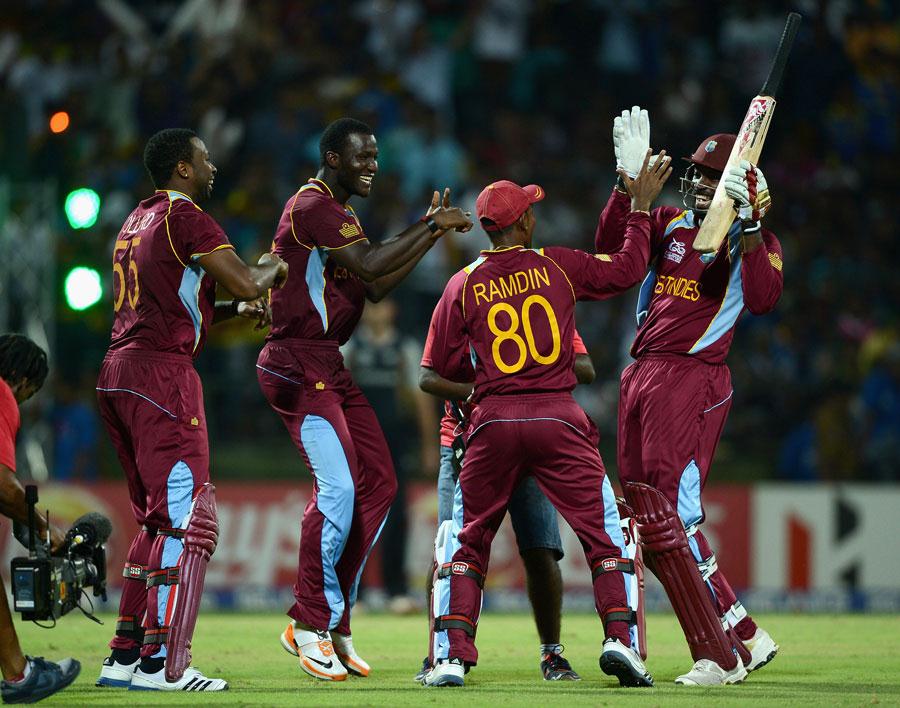September 3, 2013
NEW DELHI — A series of recent high-profile gang rape cases in India has ignited a debate: Are such crimes on the rise, or is it simply that more attention is being paid to a problem long hidden within families and villages? The answer, experts say, is both.

September 3, 2013
NEW DELHI — A series of recent high-profile gang rape cases in India has ignited a debate: Are such crimes on the rise, or is it simply that more attention is being paid to a problem long hidden within families and villages? The answer, experts say, is both.

In this Tuesday, April, 30, 2013 file photo, relatives weep during the cremation of a 5-year-old girl who died at the hospital where she was treated r injuries after being raped, in Ghansor, Seoni district of Madhya Pradesh, India.
Modernization is fueling a crisis of sexual assault in India, with increasingly independent women now working in factories and offices and stepping beyond the subservient roles to which they had traditionally been relegated. They are also more likely than their mothers and grandmothers were to report rapes, and more likely to encounter male strangers in public.
"We never used to see so many cases of gang rape, and so many involving groups of young, unemployed men," said Supreme Court lawyer Kirti Singh, who specializes in women's issues.
While there are no reliable statistics on gang rapes, experts say the trend, along with the growing sense of insecurity it has brought for women, led to recent outbursts of public anger over the long-ignored epidemic of violence against women.
The silence broke in December, when a New Delhi student was gang-raped on a bus in a particularly vicious attack from which she died two weeks later. A juvenile court on Saturday handed down the first conviction in the case, sending a teenager to a reform home for three years for rape and murder.

FILE – In this Thursday, Jan. 10, 2013 file photo, Indian women travel in the women's compartment of a train early morning in Mumbai, India
The sentence, the maximum a juvenile can face, was widely denounced as too lenient, and the girl's parents vowed to appeal. The other suspects in the case are being tried as adults and could face execution if convicted.
While attacks on women occur constantly across India, often within the home, the brutality and public nature of the New Delhi case left many shocked and shamed. Thousands took to the streets in the capital to express their outrage.
The government, pledging to crack down, created fast-track courts for rape cases, doubled prison terms for rape and criminalized voyeurism, stalking, acid attacks and the trafficking of women.
The Tourism Ministry launched a nationwide "I Respect Women" campaign after a Swiss bicyclist was gang-raped in March in central India and an American woman was gang-raped two months later in the northern resort town of Manali.
Yet another high-profile gang rape last month, against a photojournalist on assignment in Mumbai, renewed public fury and sent the media into 24-7 coverage marked by daily front page headlines and talk shows debating how to make India safe for women.

FILE – In this Saturday, Aug. 24, 2013 file photo, photojournalists sit with placards during a protest against the gang rape of a photojournalist in Mumbai, in Gauhati, India
"There is very clearly a class dimension" that is compounding the sudden outrage, women's rights lawyer Flavia Agnes said.
All five of the accused in the Mumbai attack had little to no education, and three had previously been arrested for theft, Mumbai police said. They lived in the slums near the abandoned textile mill where the woman was raped.
In both the Mumbai and the Delhi cases, "middle-class people identified with these young girls, aspiring professionals, trying to make their mark in a competitive world," said Sudha Sundararaman, an activist with the All India Democratic Women's Association.
Experts say the rapid growth of India's cities and the yawning gulf between rich and poor are exacerbating the problem, with young men struggling to prove their traditional dominance in a changing world.
"These are young men in the cities, without prospects, without hope. They feel rage against those who are perceived to have it," sociologist Sudhir Kakar said.

FILE – In this Sunday, Dec. 23, 2012 file photo, protesters shield themselves as Indian police beat them with sticks during a violent demonstration near the India Gate against a gang rape and brutal beating of 23-year-old student on a bus, in New Delhi, India.
Cultural stigmas, police apathy and judicial incompetence have long made it difficult for women to even report rapes.
But if modernization is changing the risks women face, it is also giving them the ability to speak up. In the first three months after the December bus rape, the number of rapes reported in the city more than doubled to 359, from the 143 reported in January-March of 2012.
Those numbers, in a city of almost 17 million people, are still seen by experts as far below the actual number of attacks, but the jarring increase in just one year appeared to signal a significant change.
"The biggest change is that women in the middle classes are reporting crimes to police," Kakar said. They are fed up with the landscape of sexual harassment and fear, with the constant barrage of lewd comments and even groping — locally known as "eve-teasing" — and with being told they should stay indoors at night.
"Thirty years ago, even uttering the word 'rape' was almost taboo. That is changing," said Ranjana Kumari, a women's activist with the Center for Social Research. "There are so many cases, each more gruesome than the other, and people have lost patience, especially when no justice is served."

In this Monday, Dec. 24, 2012 file photo, Indian students carrying placards shout slogans against the brutal gang rape of a woman in a moving bus, in New Delhi, India.
The photojournalist attacked last month stunned the nation by telling local media that "rape is not the end of life" — a groundbreaking statement given that many rape victims are still often dismissed as defiled. Many are shunned by their families, fired from jobs or driven from their home villages. As a result, most rape victims are still thought to remain silent.
"What's wrong with the system?" Supreme Court Justices R.M. Lodha and Madan B. Lokur said in a statement last week, while hearing a petition from the father of a 15-year-old girl gang-raped by three men in 2012, according to Indian media. The girl, who is a dalit, member of the outcast community once known as untouchables, has since been barred from her school in north India, and her mother was killed for refusing to withdraw a police complaint about the crime, according to Press Trust of India.
The court lambasted India's poor record of conviction in rape cases, saying "Why are 90 percent of rape cases ending in acquittals? The situation is going from bad to worse."
Courtesy: AP
















































































































